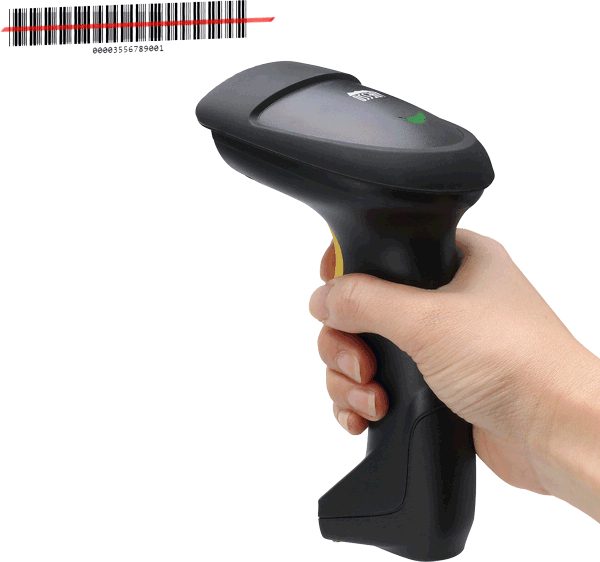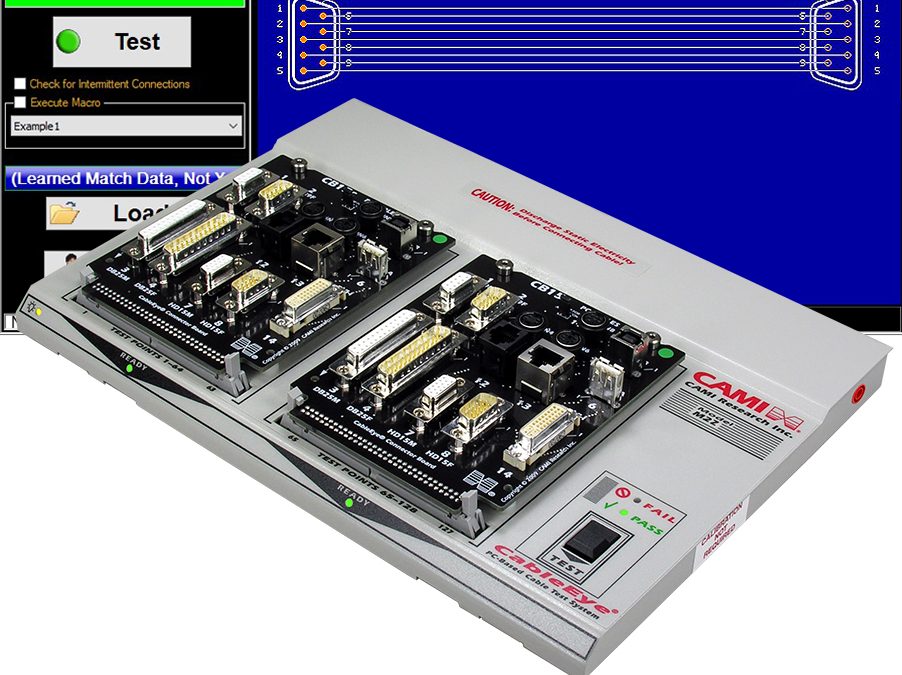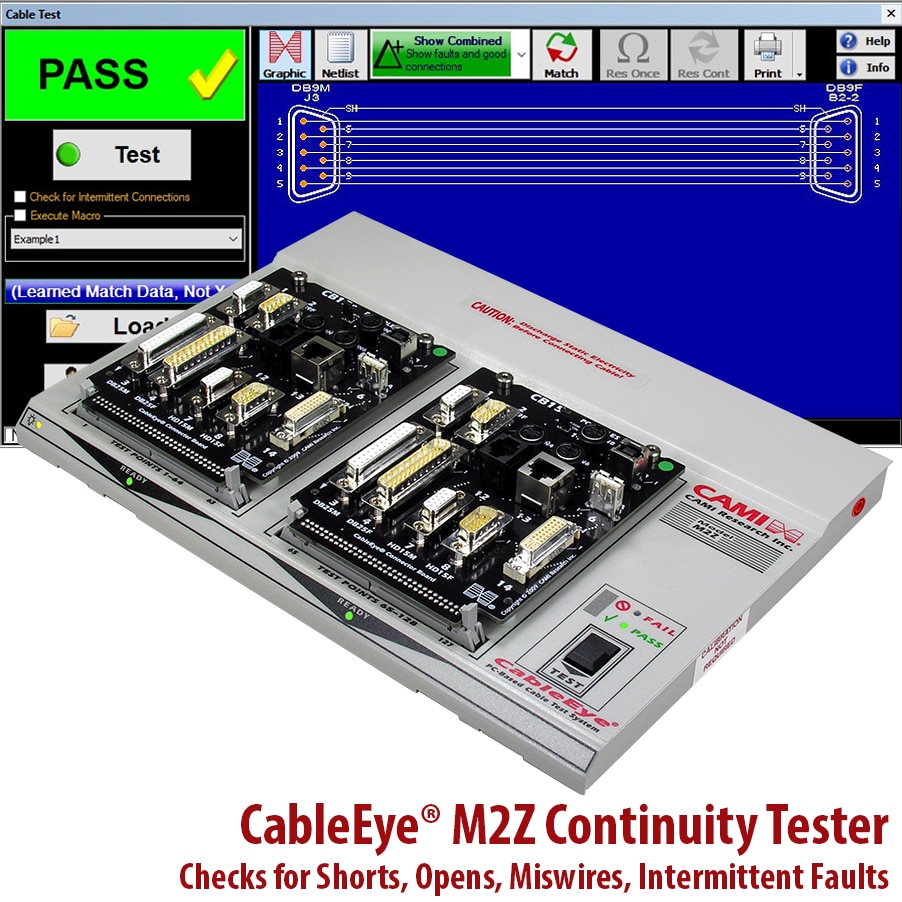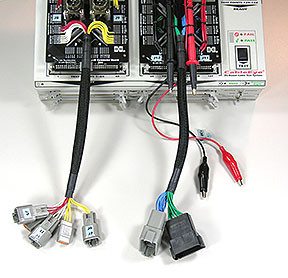
CableEye Barcodes
CableEye Application – Barcodes
A while ago an existing CableEye® customer asked us to add barcoding to their CableEye HVX tester, so we looked at what they were doing and how we could help.
When we assessed the existing process, we found that each cable was given a 7-character label that contained the year/month/sequence-in-batch when it was tested and was only fitted to cables that PASSED the cable test. This meant that all cables that were shipped could be identified by the month/year and where in the batch it was tested. Better than nothing, but not great.
We learned that all Works Order numbers (WO numbers) were unique to a customer order but that several Part numbers (cable types) could be contained within one Works Order.
After some discussion we came up with an alternative 14-digit code containing:
Part number / WO number / Assembly Serial Number.

A fixed-length field for each element was agreed upon with the customer and a single numerical string was designed. Each Part number became a numerical lookup (1-100,000) for a given cable name in a CSV file. The lookup is a cross-reference from the numerical value in the barcode field to an ASCII text, human-readable name of ‘unlimited’ length.

We then recommended that ALL cables received their unique ident label during assembly to improve the reporting from each assembly bench so that operator retraining needs could be identified, or their crimp tools recalibrated etc.
In operation:
As the cable is taken from one of our Protean Cable Stands and put on the test bench its barcode gets scanned by the test operator (identifiable by their unique log-in).
Our script then reads the WO-specific log file (on the customer’s network) to check if the assembly has been seen before. If it has been previously tested it asks the operator if this is a retest, or not. Retests could be due to the cable having previously FAILED on the tester and been reworked, or the operator having been distracted and trying to test the same cable twice.
The script then advises the test operator which connector adaptors are needed for this assembly and to which bank each must be connected. The correct test program is automatically loaded and ready for the ‘TEST’ button to be pressed.
Once ‘TEST’ has been pressed, the WO-specific log file is opened again, this time for writing, the test is run and the test results, along with the Date/Time and the tester operator’s ID stored in the log file. If the cable PASSES the test, a tamperproof sealing label is printed and placed over the end of the connector.
Outcome:
Using the CableEye Standalone Software option and built-in log tools, production management has an immediate view of the production throughput and statistics from their own desk.
This relatively simple change means that every assembly has a unique identity from the point at which it is assembled, identifying the workstation and the operator.
The configuration of the CableEye test station is semi-automated, speeding up the test process and reducing error time.
ALL cables that are delivered to ALL customers have full traceability, down to the individual conductor test results. Consequently, warranty claims are dealt with quicker with fewer ‘valid’ claims, and pre-emptive training or tool servicing is easier to manage.
All of the script work was done by Cimbian UK for the customer using standard, built-in tools included with EVERY CAMI Research CableEye, as standard!
FAQ:
Why use Barcodes?
Barcodes are reliable, fast and eliminate operator input errors. In this case, 14 characters are entered, without error in under a second!
How are Barcodes read?
A simple USB scanner is all that is needed to read a barcode in the CableEye software.
If you found this page interesting please share it with your friends and colleagues.






